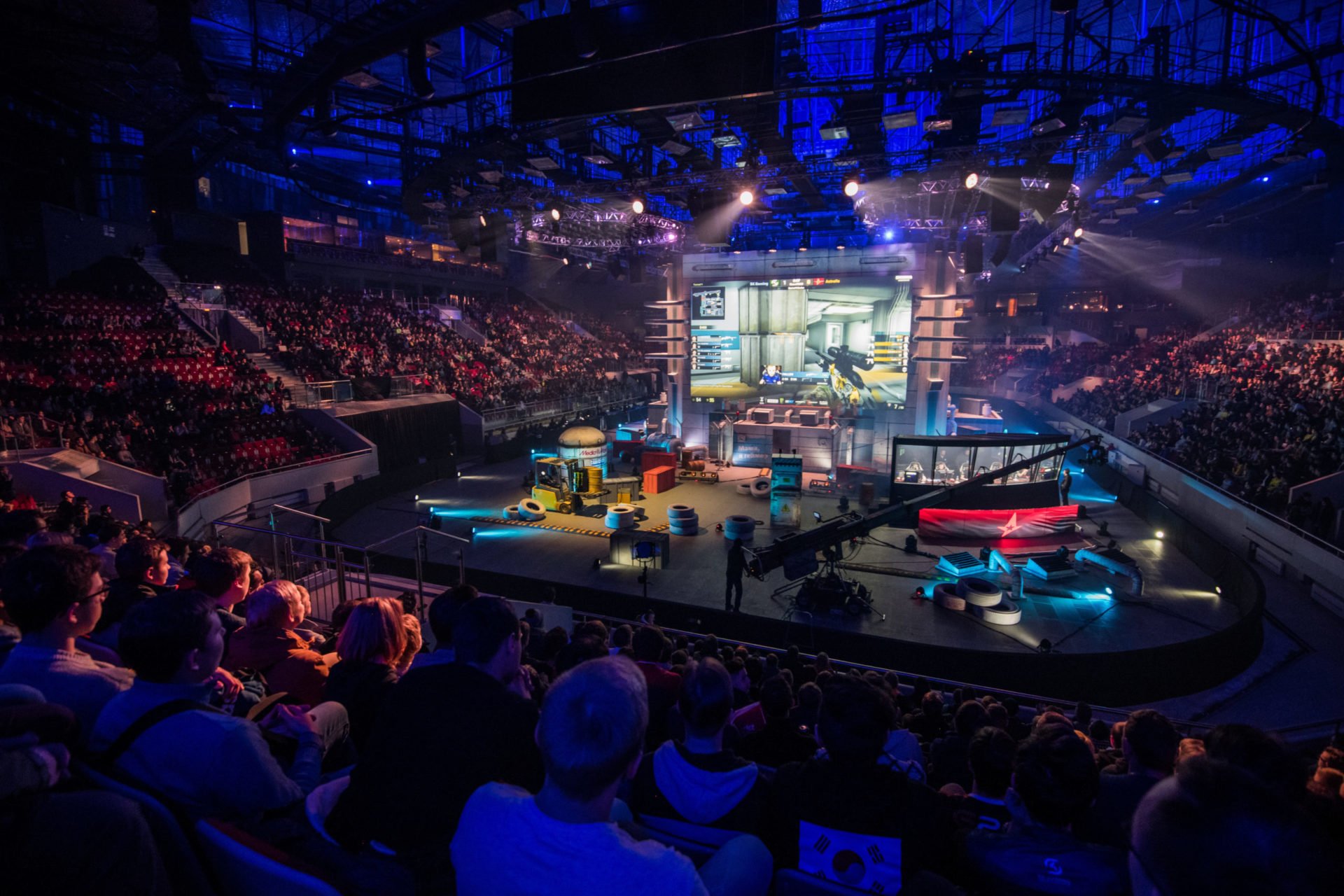From esports to HQ Trivia to Peloton, “live” platforms and brands are becoming a cultural phenomenon. The role of spectators and participants are blurring, and this is changing the nature of online engagement. This emerging behavior is already impacting industries including shopping, entertainment, gaming, sports, fitness, and education and will continue changing consumer expectations in the months and years to come.
Just five years ago, this live cultural movement wasn’t possible. There wasn’t the necessary tech infrastructure. Bandwidth was too limited to support a mass live community and the cloud storage and processing infrastructure wasn’t mature. Only in the last couple of years has it become inexpensive enough to build livestreaming apps at scale. But now it is, even on a startup’s budget.
While live behavior is hot now, its origins stem back decades. In the ‘80s, we saw consumers rally around The Home Shopping Network and QVC to share their retail experience with other viewers in real time from their couches. While the concept of the shared shopping experience may have been new to the culture at the time, its underlying platform — TV — was not.
To reach the point we’re at today, the evolution has included the development of multiplayer consoles and online gaming, mobile live tweeting and messaging, and finally cloud computing.
This live wave is igniting new markets at a stunning rate, including:
- Esports, which became its own genre when consumers could both play sports online with people around the world and view live games
- HQ Trivia, a huge hit app which made interactive gaming cool, and turned the audience into participants
- The trend has developed a huge social dimension as major platforms have turned towards this opportunity. Facebook announced a live gaming streaming hub on its platform in early June. Instagram in turn launched IGTV, a longform live streaming service, in late June. And Twitter introduced Twitter Live around the same time.
The live technology serving consumers at scale remains a work in progress, despite its popularity. Many users report services freezing and stalling. The eventual implementation of 5G mobile infrastructure will undoubtedly help this community, though, by improving bandwidth and enabling more powerful end devices. That should further drive growth in users.
Each of these forms of live behavior is tied to an overwhelming consumer desire to connect with other people, even — or especially — when no one else is in the room. As live tools further advance, companies will have many opportunities to form compelling and durable networks through new platforms. What these will look like is beyond what we can now imagine. But one thing is certain — consumers today are already seeking out highly interactive platforms to share and participate in live events.
Danika Luszuk is the general manager of betaworks Camp, the company’s thematic accelerator program exploring frontier technology.

















